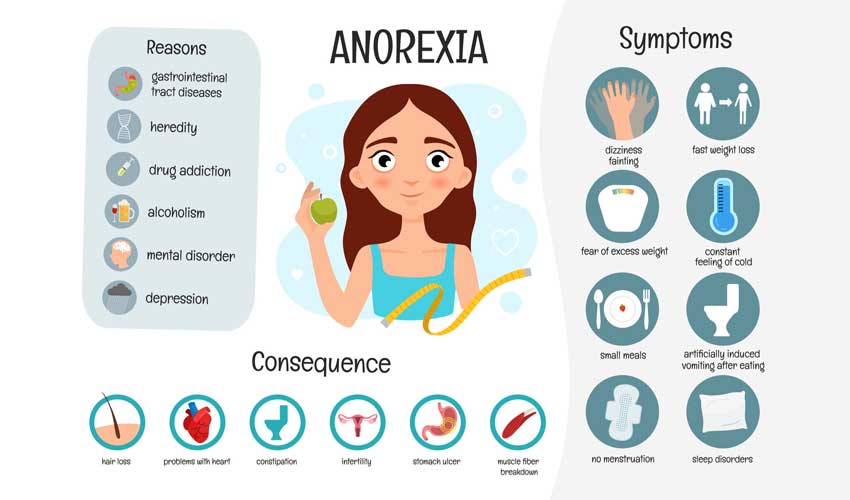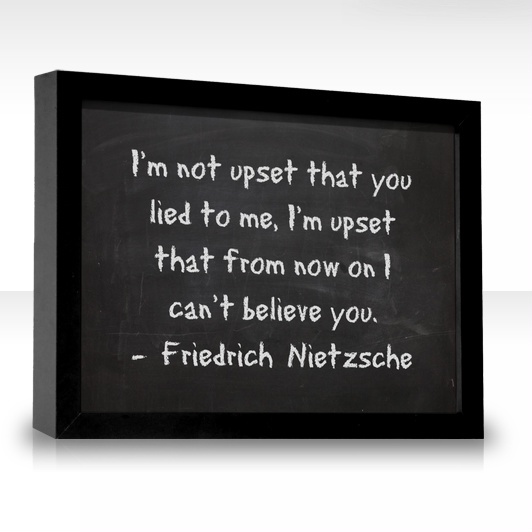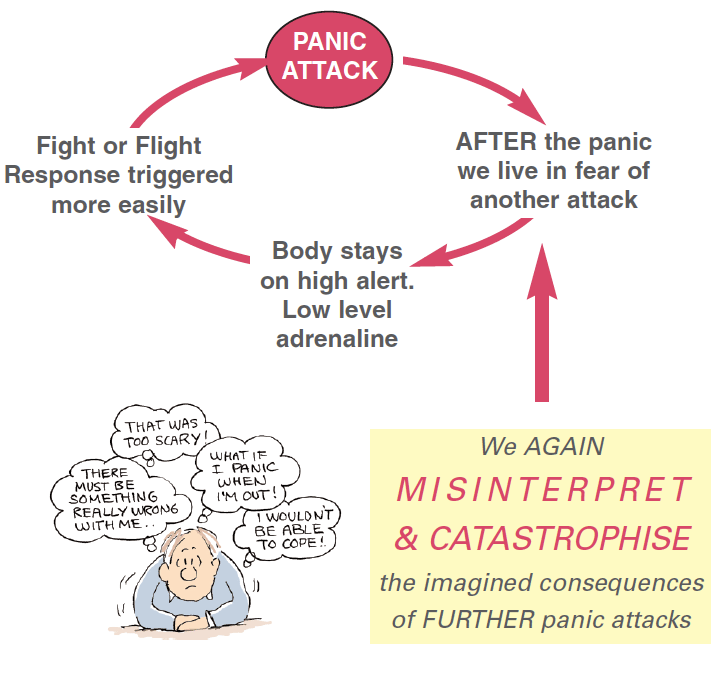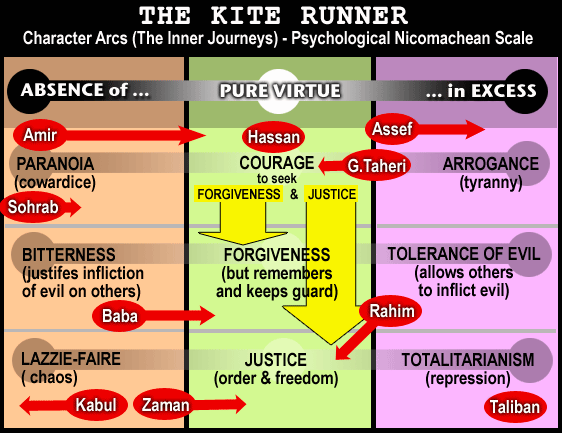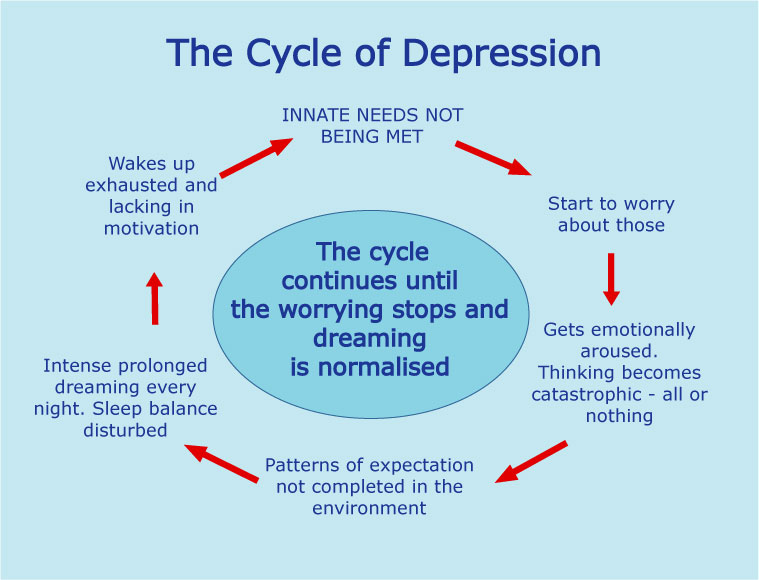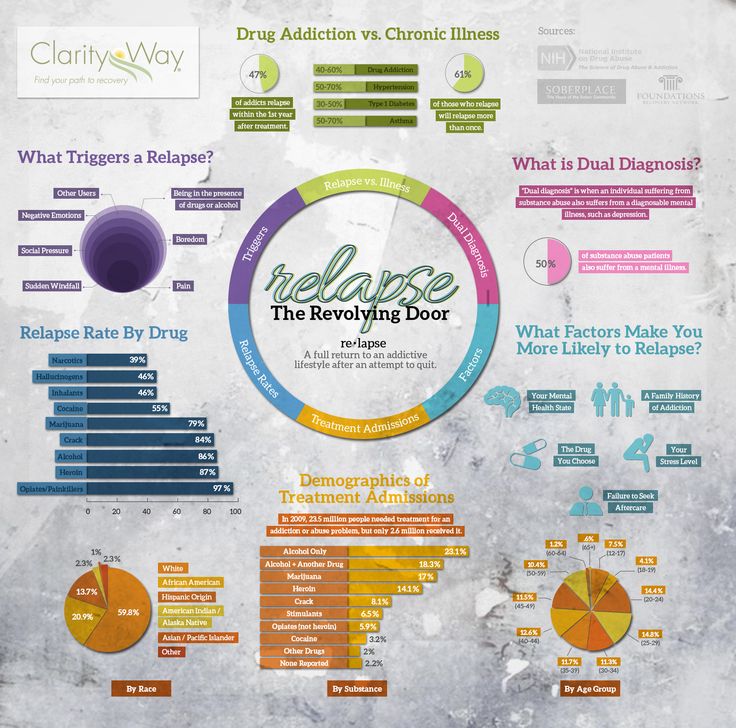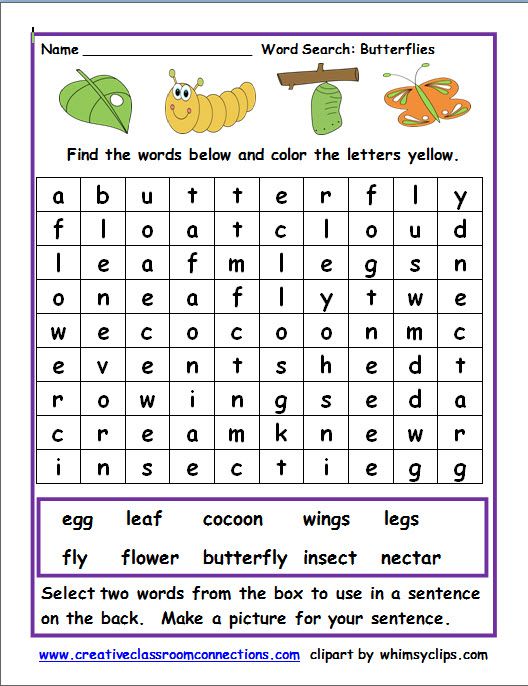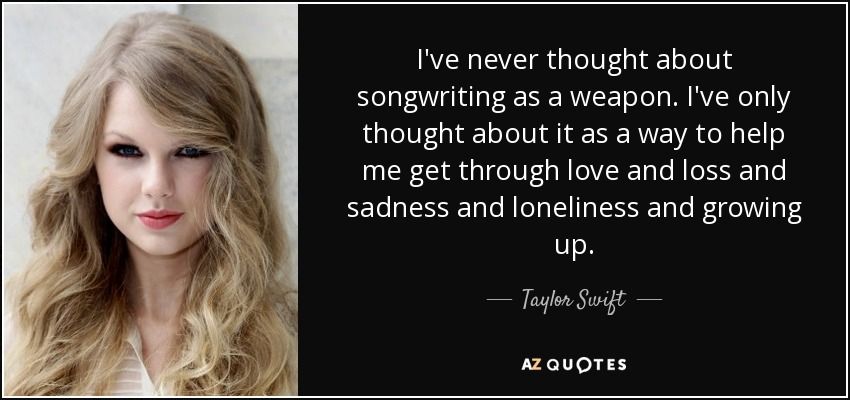Can you be genderfluid and gay
What It Means To Be Gender Fluid
What It Means To Be GenderfluidAs with all things gender related, the term genderfluid may mean something a little different to everyone.
Why is this?
Gender itself means something different to everyone, because each person has a unique experience of gender. For some, it’s an inner feeling. For others, it’s much more of a physical experience. Not to mention that gender identity and gender expression are separate aspects of gender that may or may not be the same.
What Does Genderfluid Mean?
According to the Oxford and Merriam-Webster dictionaries, identifying as genderfluid means your gender identity is not fixed; it’s capable of changing over time. The very definition lends itself to various interpretations. Some sources include shifting from male to female given your mood in their definitions, while others state that it’s the feeling of being both male and female. A genderfluid individual has the potential to identify as male, female, both or neither on any given day.
Genderfluidity doesn’t necessarily have a fixed point on the gender spectrum, as by its very definition, it’s fluid. It fluctuates and has its own spectrum. An individual may feel 10% female and 90% male, or 40% male and 60% female, or any range in between. Leaning one way or another, shifting along the spectrum, or having a unchanging experience of gender does not make a genderfluid identity any less valid.
Gender Identity | Gender Expression | Sexual Identity
These three aspects of who someone is—gender identity, gender expression and sexual identity—often cause confusion for those who aren’t really sure what each one means. Let’s remedy that.
Gender identity is your personal sense of gender. For example, as a genderfluid person, sometimes I feel female, other times I feel male, and sometimes I feel like I’m neither.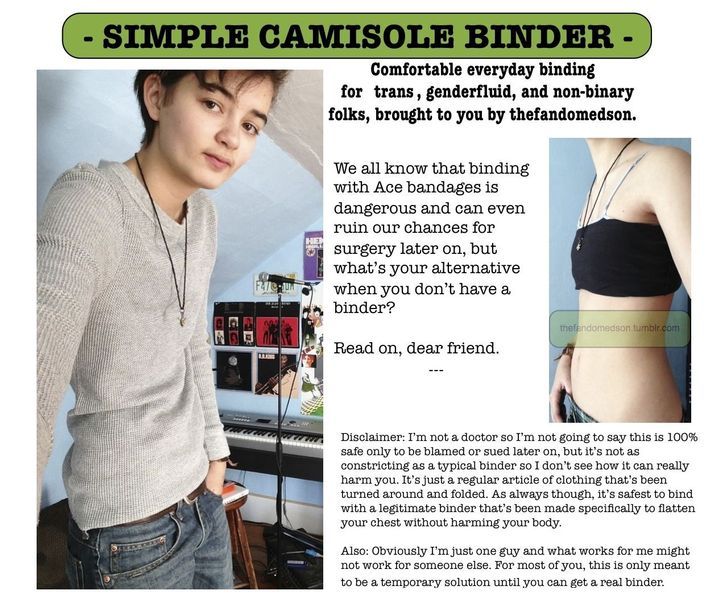 My personal experience with being genderfluid means not experiencing my gender as static.
My personal experience with being genderfluid means not experiencing my gender as static.
Gender expression is how you express your gender identity. This can be done through your appearance, such as with clothing choices, or even through behaviors. Identity and expression are commonly confused, largely due to stereotypes or societal expectations. For example, identifying as genderfluid comes with an expectation of presenting masculine and feminine at separate times, but these are two different things, and a genderfluid person may or may not wish to vary their gender expression.
Give yourself permission to express your chosen gender in any way YOU see fit. Explore what identity and expression mean to you, and then go for it. Be who you feel you are in whatever way feels most natural to you.
Finally, sexual identity is often confused with gender identity; however, they are not the same thing. Sexual orientation is tied to the gender of who you are or are not attracted to, romantically interested in, or want to have sexual experiences with (if you experience romantic feelings), while gender identity is your personal experience of gender.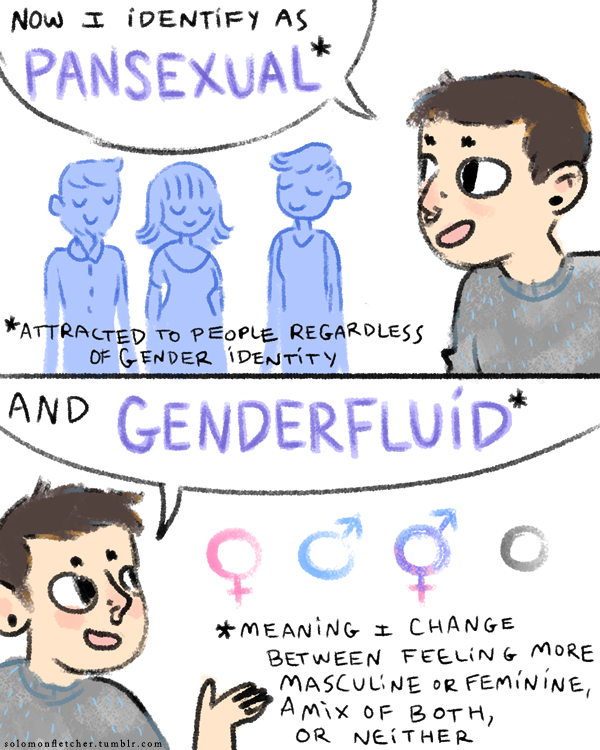 This means someone can be genderfluid and straight, bisexual, or any other sexual orientation that is congurent with their internal experiences.
This means someone can be genderfluid and straight, bisexual, or any other sexual orientation that is congurent with their internal experiences.
Common Questions
Are you male or female?
Simple answer? Yes. Identifying as genderfluid means embracing being both male and female, either somewhere on a spectrum or separately at different times. There isn’t a right or wrong way to experience genderfluidity. It’s unique to each person.
What does Mx stand for?
When I began to embrace my identity as a genderfluid person, I was asked this quite frequently. Mx is the gender neutral equivalent to Mr., Ms. or Mrs. Unlike the gendered salutations, Mx leaves space for being male, female, both, neither or anything along the gender spectrum. This term is not exclusive to genderfluid individuals.
How is genderfluid different from nonbinary?
Nonbinary is considered an umbrella term for various nonconforming identities, including genderfluid, genderqueer, agender, and others.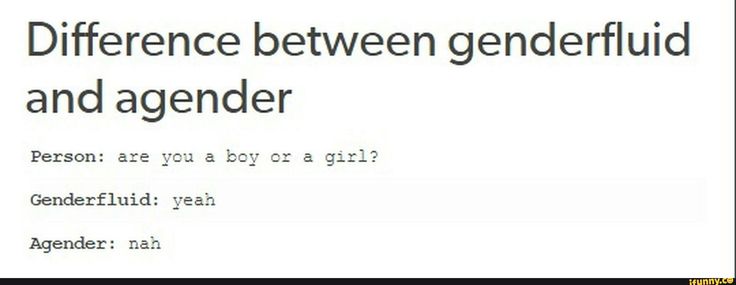 As an identity, nonbinary simply refers to someone who doesn’t identify with the previously used gender binary (male/female). It is possible for a genderfluid person to also identify as being nonbinary.
As an identity, nonbinary simply refers to someone who doesn’t identify with the previously used gender binary (male/female). It is possible for a genderfluid person to also identify as being nonbinary.
Do genderfluid individuals experience gender or body dysphoria?
Maybe. There isn’t a clear cut yes or no to this question. Some people may experience varying degrees of dysphoria, while others may not. People often have an image in their mind of what they “should” or want to look like, and when reality doesn’t match that image, dysphoria can occur. Stereotypes, societal or cultural expectations, peer or personal pressure, and hormones can all impact the presence or intensity of gender and/or body dysphoria.
What is it like being genderfluid?
Again, there’s no single answer to this question. It’s an incredibly personal experience. Personally, being genderfluid offers me a sense of freedom. I don’t have to fit in a box, meeting expectations or definitions created by other people in an effort to define who I am. It’s flexible. I can wake up each morning and express myself however feels accurate for me that day.
It’s flexible. I can wake up each morning and express myself however feels accurate for me that day.
Gender, gender identity, and gender expression
What is gender?
Gender is social and cultural. It’s how your identity relates to society’s idea of what it means to be a woman, man, neither, or a mix of many genders.
For most people, their gender matches up with the cultural expectations of the sex they were assigned at birth. This means they’re cisgender. Others may self-identify as being transgender, agender, Two-Spirit, gender queer, non-binary, gender fluid or any number of terms (explained below).
What is gender identity?
Gender identity is your deeply-held inner feelings of whether you’re female or male, both, or neither. Your gender identity isn’t seen by others.
Gender identity may be the same as the sex you were assigned at birth (cisgender) or not (transgender).
Some people identify as a man (or a boy) or a woman (or a girl).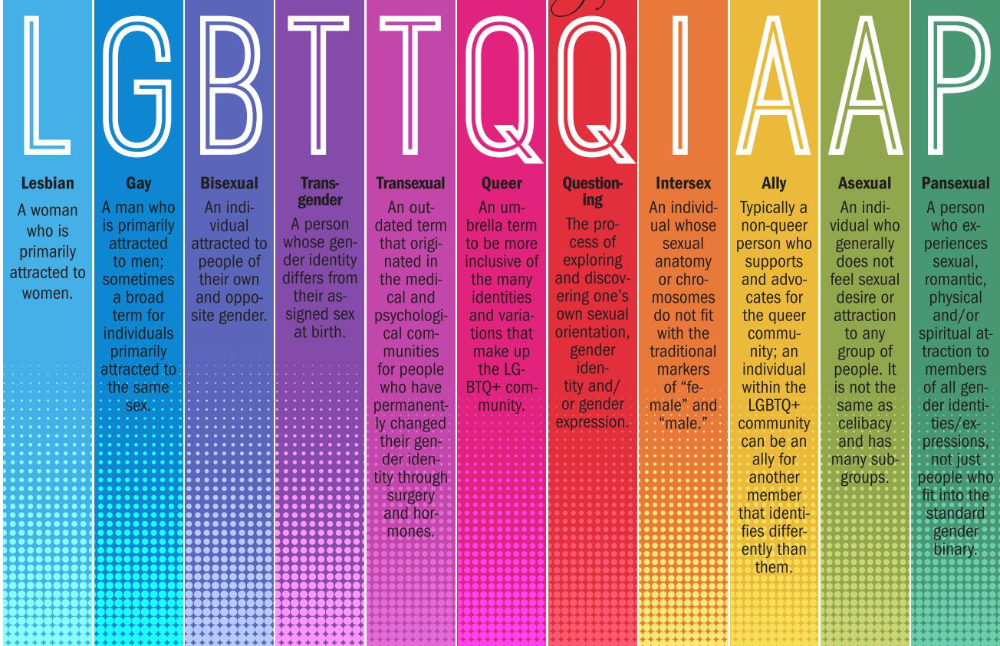 And some have a gender identity that doesn’t fit into one of these genders.
And some have a gender identity that doesn’t fit into one of these genders.
- Transgender means your gender identity doesn’t match up with the sex you were assigned at birth.
- Agender means you don’t identify with any gender.
- Gender non-conforming, non-binary, and gender fluid means you don’t identify fully as a man or a boy (male, masculine) or a woman or a girl (female, feminine).
- Gender queer means you identify or express yourself beyond what is often linked to the sex and gender you were assigned at birth. People who are gender queer also may or may not identify as transgender.
What is gender expression?
Gender expression is how you choose to express your gender identity through your name, pronouns, clothing, hair style, behaviour, voice, or body features.
Gender expression includes using facilities (like washrooms and change rooms) that match up with your own sense of gender. Society often thinks of these cues as being male/masculine and female/feminine.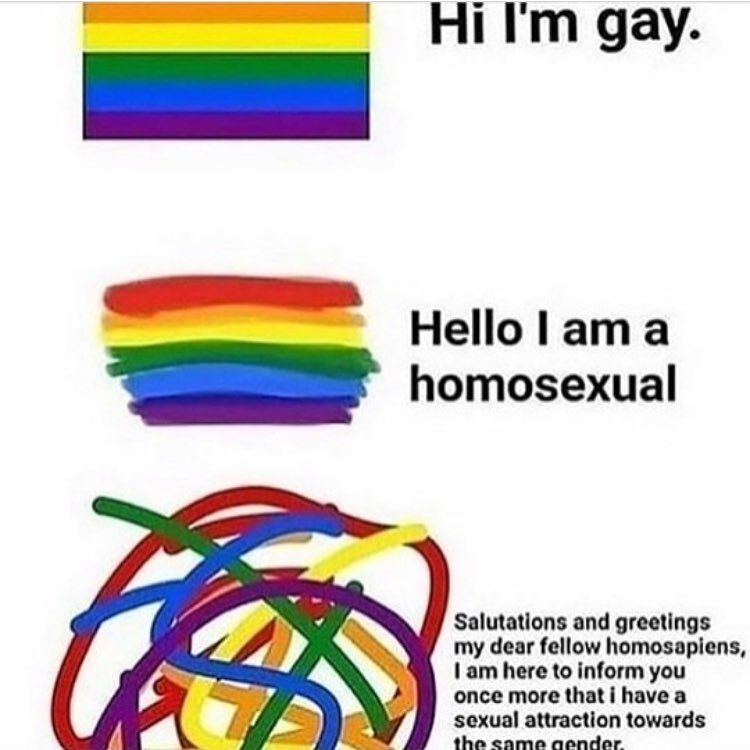 But what‘s thought to be masculine and feminine changes over time and within different cultures.
But what‘s thought to be masculine and feminine changes over time and within different cultures.
What does LGBTQ2S+ stand for?
LGBTQ2S+ is an acronym. It stands for lesbian, gay, bisexual (or bi), transgender, queer/questioning and Two-Spirit (2S). You might sometimes see the symbols * or + after the acronym. This shows there are many more sexual orientations and gender identities than the ones listed in this acronym.
- Lesbian, gay, and bisexual are sexual orientations.
- Transgender means your gender identity or gender expression is different from the sex you were given at birth. Some people may use other terms to describe themselves.
- Queer is used by some people who identify as a sexual or gender-sexual minority. It’s also used as a positive term to describe LGBTQ2S+ communities and social movements.
- Questioning is used for a person who’s exploring or not sure of their sexual orientation or gender identity.
- Two-Spirit (2S) is a cultural term used by some Indigenous people to describe having a male and female spirit.
 This may relate to their spirituality, sexual orientation, and gender identity.
This may relate to their spirituality, sexual orientation, and gender identity.
Are there other words I might hear about sex and gender?
Sex is a category that people are assigned at birth based on the genitals they’re born with. Sex may also be on proof of identity documents. This most often includes female, male or X.
X is sometimes used by people who don’t identify as a female or male or who choose not to share their gender on identity documents.
You’ll sometimes see “sex” or “gender” on your identity documents. Some people change what’s listed as their gender and others don’t. You have the right to self-identify your gender.
Pansexual is when you’re emotionally or sexually attracted to people of any gender or sex.
Polyamory is when you have more than one sexual, loving relationship at the same time and all partners agree (consent) to this.
Intersex may be used when your reproductive, sexual, or genetic biology is not clear.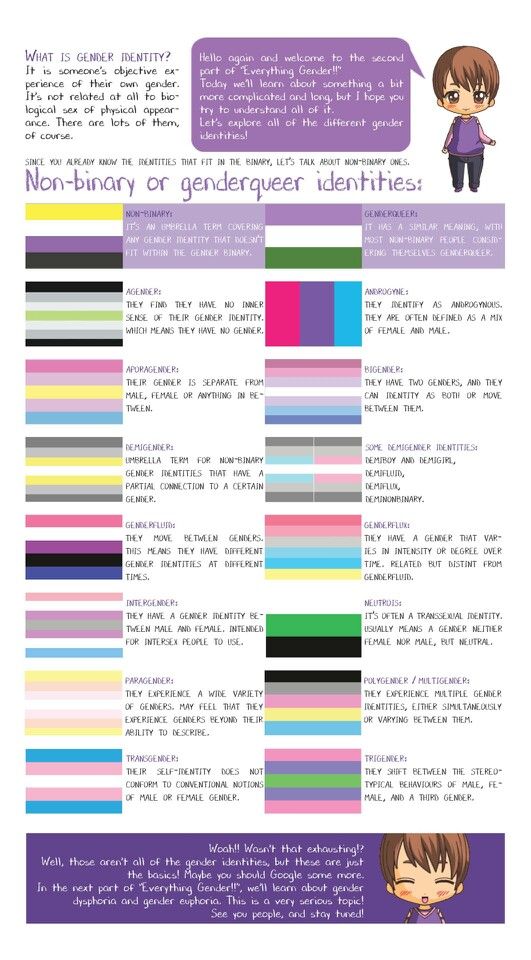 Intersex isn’t fully male or female and doesn’t fit within the typical definitions of male or female.
Intersex isn’t fully male or female and doesn’t fit within the typical definitions of male or female.
What does it mean to be an ally?
You might also hear the word ally when people talk about sexual orientation. An ally is someone who advocates for (supports) the human rights of sexual- and gender-minority people by challenging discrimination and heterosexism.
- Discrimination is an act (such as a practice, comment, or behaviour) that treats someone in a way they don’t want to be treated based on their sexual orientation, gender identity or expression, religion, ancestry, race, age, disability, marital status (such as being married or single), family status, or source of income.
- Heterosexism is prejudice or discrimination against someone who identifies as lesbian, gay, bisexual, transgender, queer, Two-Spirit, or other sexual orientation or gender.
- Cissexism is prejudice or discrimination against someone whose gender identity is different than the sex they were assigned at birth, such as transgender, non-binary, gender queer, or Two-Spirit.
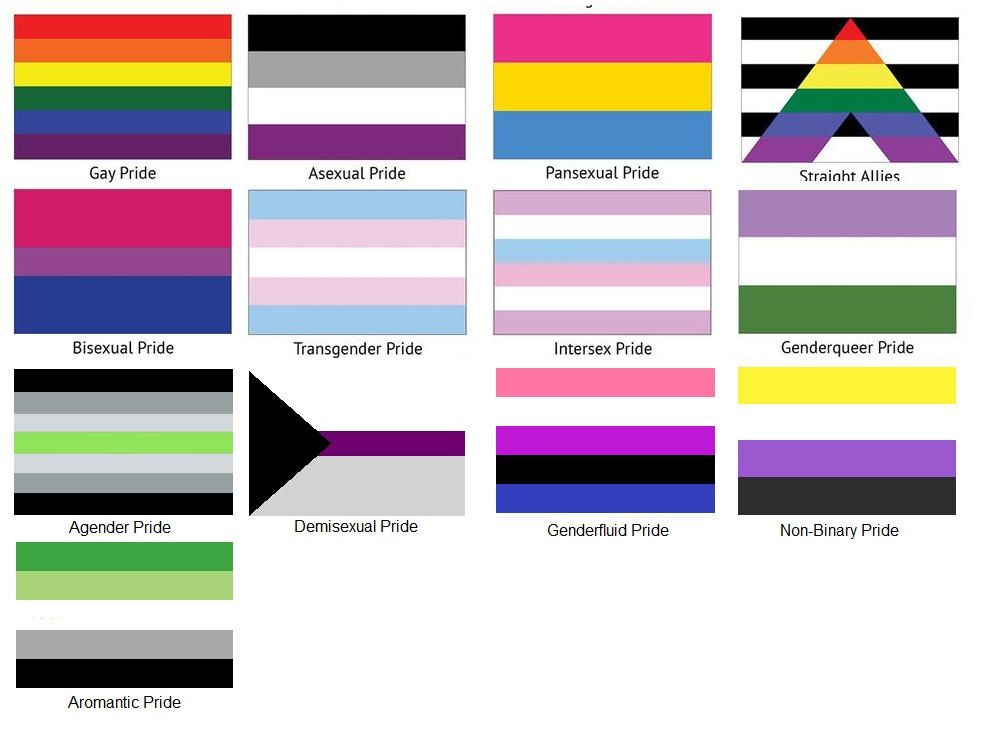
You’re not alone
If you have questions about your sexual orientation or gender identity, it can be comforting and helpful to talk to people who know what you’re going through.
You can find local and online support groups. If you don’t know where to find support:
- talk to someone you trust and feel safe with, such as your friends, family members, teachers, school counsellors, co-workers, or healthcare providers
- look for LGBTQ2S+ clubs and organizations where you live
- contact churches and faith-based communities that welcome LGBTQ2S+ members
- look for websites and online organizations that welcome LGBTQ2S+ members
The following organizations offer support:
- Alberta Human Services
- Trans Equality Society of Alberta
- Skipping Stone Foundation
- PFLAG Canada
References
Alberta Human Rights
Beyond sex and gender: who are non-binary people
A certain number of people today declare that they clearly consider themselves neither men nor women.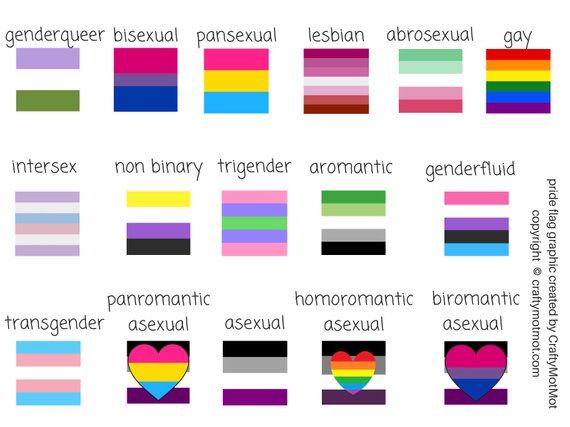 The sets of characteristics and behaviors fixed to each of the sexes do not allow them to feel comfortable in society. They think in terms of personality, not gender and social roles. We are talking about non-binary people.
The sets of characteristics and behaviors fixed to each of the sexes do not allow them to feel comfortable in society. They think in terms of personality, not gender and social roles. We are talking about non-binary people.
For example, in Sweden both men and women are called neutral pronouns. In Argentina, the third version of gender 9 is allowed0012 “ I don't want to define ”, and Germany will come to this by the end of the year. The theme of non-binary entered popular culture as well – a year ago, in the American series “Billions”, for the first time in the history of television, characters with a non-binary identity were shown.
WHO ARE SEX AND GENDER DENIAL PEOPLE?
“I feel comfortable being addressed in the feminine gender, but I don't have a gender. There are transgender people whose assigned biological sex at birth does not match their gender, a social construct. In theory I fall under this is a term, but I don’t consider myself a member of the trans community ”, – says Katya Shilova , non-binary person.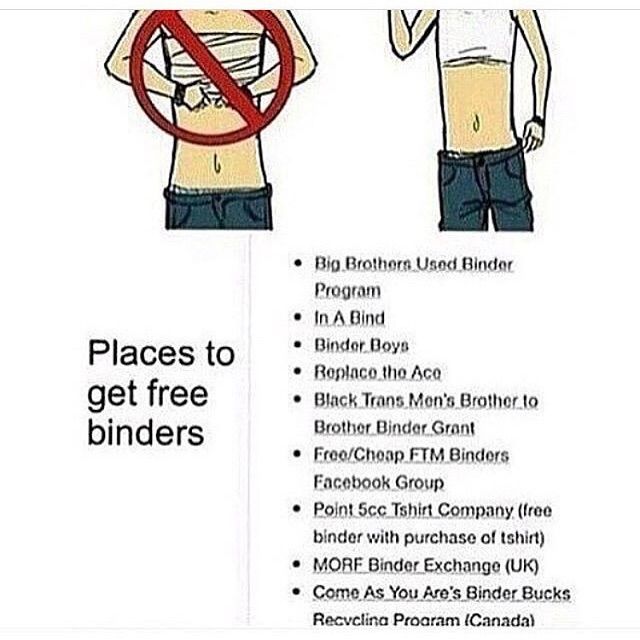
Non-binary people, or genderqueers, do not fit into the generally accepted system of two sexes. In such a system, gender expression that does not coincide with the standard ideas of male and female is prohibited. The general term non-binary also includes other people who identify themselves as agender or genderless (deny gender identity), androgynes (balance on the verge between male and female), bigenders (feel themselves either in the female or in the male field), gender fluids (“swim ” between all possible genera). nine0005
It is unknown how many non-binary people there are in the world. “We can only talk about the number of transgender people. Estimates at the global level show that they represent up to 1.1% of the adult population of reproductive age . Speaking about Ukraine, we can rely on the average number - 0.5%”, - states Igor Medved , coordinator of the human rights organization HPLGBT.
Katya Shilova took four years to feel comfortable in her non-binary status.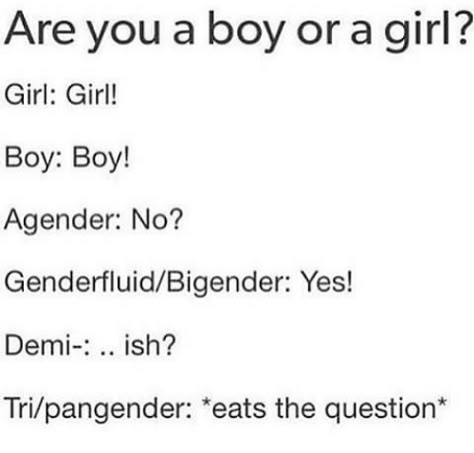 At the age of 15, she fell in love with a girl. I couldn't take it for six months. She typed in a search engine “how to get rid of homosexuality”. But with the support of friends, she began to understand herself and study gender theory. nine0005
At the age of 15, she fell in love with a girl. I couldn't take it for six months. She typed in a search engine “how to get rid of homosexuality”. But with the support of friends, she began to understand herself and study gender theory. nine0005
“I found out that there are transgender people, and I thought that if I don't fall under everything feminine, then I must be a transgender guy. I was still trying to fit into the binary system. But when she tried on a male identity, she did not feel comfortable. And at some point I realized that it’s easier for me to talk about who I am not, and that the category of gender doesn’t suit me in principle,” says Katya.
“I DON'T WANT TO BE ASSOCIATED WITH MY GENDER SIGNS”
The main problem of a non-binary person is that they try to put him into one of two categories, asking “are you a girl or a boy?”. But there is no correct answer to this question. Loki J von Dorn is sure of this - an activist, creator of the Nonbinary.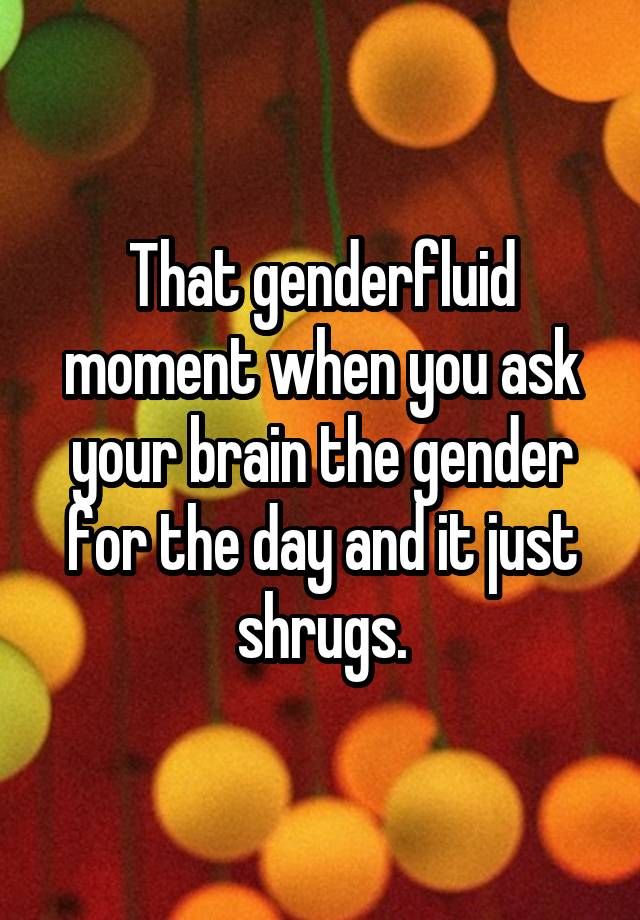 UA community, in which nonbinary people can learn more about themselves.
UA community, in which nonbinary people can learn more about themselves.
“The last thing I would like is to be associated with my sexual characteristics and to be emphasized in all public places, like when you have to choose a locker room or a toilet - male or female” - he says .
Loki says that he lives in discrimination every day, because his identity is invisible and absent in Ukrainian reality: “There are always people who deliberately challenge my right to self-identification and insist on their desire to call me whatever they want, and on what is right.”
Loki J von DornLoki uses the masculine pronoun in relation to himself. But in the future, he would like not to receive questions about his gender at all, and to be perceived as a person in the first place. nine0005
HOW TO SPEAK TO NON-BINARY PEOPLE?
Non-binary people face misgendering every day: when they are called not by the pronouns that they themselves use in relation to themselves.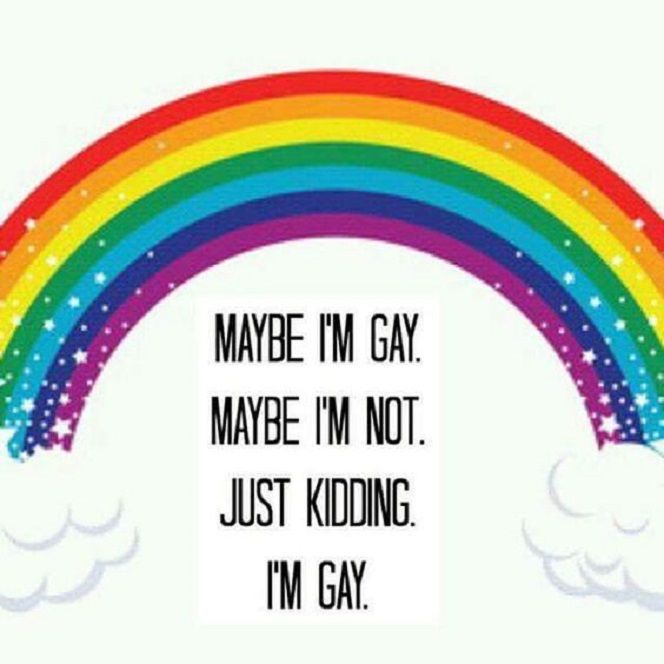 However, in many countries there are universal appeals that Ukraine could borrow.
However, in many countries there are universal appeals that Ukraine could borrow.
For example, most non-binary people in the UK prefer to refer to themselves as “they/them”. In English, these pronouns are widely used in relation to all people. Let's take a situation when a school announces the arrival of a new teacher, but who it is - a man or a woman - is not yet known. In English they would say: “We have a new teacher. They will come tomorrow.” Which in translation reads: “We have a new teacher. They will come tomorrow.” This does not mean that the teacher is a non-binary person, but only that it is not yet known what gender he is. And for the English language so familiar. nine0005
At the same time Sweden banned the generic pronouns “han/he” and “hon/she”. Regardless of gender, everyone became “hen”, that is, a neutral gender. A publication from the Swedish Institute explains:
“Proponents argue that the word “hen” avoids referring only to a specific gender or using the restrictive he/she forms, as well as expanding the language for those who may not consider themselves male or female, or those who do not want to be addressed on the basis of gender”.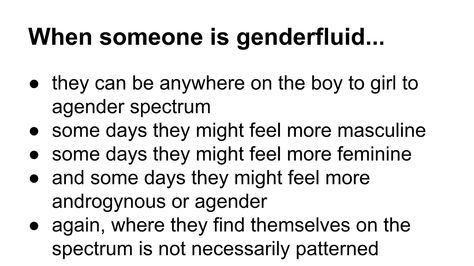 nine0013
nine0013
In Argentina and Nepal, a third gender was introduced in official documents - there is “he”, “she” and “I don’t want to define”. In Germany, before the end of 2018, amendments to the Constitution will be made, which imply the possibility of indicating in documents a different gender marker, except for male and female.
There is also a case in Canada where an 8-month-old baby was first issued a medical card without specifying the gender. Cyril Utley was born in November 2016 in British Columbia. The parent of the child, Corey Doty, does not consider himself to be either a woman or a man. He wants the child to consciously choose his gender identity. On the child’s medical record, in the column “gender”, they wrote the Latin letter U, which can mean either “indefinite” (undetermined) or “unidentified” (unassigned). Corey Doty is also trying to get the authorities to stop the baby's gender from being listed on the birth certificate. nine0005
In the Ukrainian and Russian languages, the culture of addressing non-binary people has not yet been formed. And the repetition of the Canadian experience at the moment is impossible in principle.
And the repetition of the Canadian experience at the moment is impossible in principle.
However, according to Loki, you can start small:
“ First of all, you should address any person with “you”. Firstly, it indicates respect and culture, and secondly, it prevents offensive perception. The question should be asked, “In what way should I contact you?” If communication has already begun and the person is correcting you, then you should listen and use the address that he asks for, even if it seems to you that the appearance or voice does not correspond to this ".
The material was written as part of the special project “Journalism of Tolerance”, created by the Kyiv Post and the Media Development Foundation with the support of the United States State Agency for International Development (USAID) and the organization “Internews”.
Pansexual Reminder | Gender Zed
May 24th was Pansexual Visibility Day. Fem/LGBT activists from Voronezh made a brochure that MAKEOUT published with minor edits:
Pansexuality is a type of sexual orientation. This is a romantic and erotic attraction to people regardless of their gender. Pansexuality is not the same as bisexuality, since for pansexual people, a person's gender often does not play a role at all when sympathy arises. We recall that heterosexuality is attraction to the opposite gender, homosexuality is attraction to one's own gender, and bisexuality is attraction to two or more genders. nine0005
This is a romantic and erotic attraction to people regardless of their gender. Pansexuality is not the same as bisexuality, since for pansexual people, a person's gender often does not play a role at all when sympathy arises. We recall that heterosexuality is attraction to the opposite gender, homosexuality is attraction to one's own gender, and bisexuality is attraction to two or more genders. nine0005
We will not state here that most people are bisexual or pansexual. We believe that people can independently determine their sexual orientation, regardless of how many loves and partners they have or have not had.
1. Pansexuality… sounds kind of complicated!
Do not be afraid of new and incomprehensible terms! You do not have to figure out what pansexuality is in one evening. Give yourself time to settle in and make sense of the new information. nine0005
2. The history of the word "pansexual" .
The term "pansexuality" appeared to say that the world is not divided into two opposite poles - men and women. Gender identity is a spectrum, along the edges of which are the identities "man" and "woman". The word "pansexual" refers to attraction to gender non-binary people. Have you heard of identities such as agender, genderfluid, genderqueer, pangender, bigender, androgynous*? So, pansexuality means romantic and erotic attraction not only to male and female genders, but also to other genders, as well as to people who do not identify themselves with any gender. nine0005
Gender identity is a spectrum, along the edges of which are the identities "man" and "woman". The word "pansexual" refers to attraction to gender non-binary people. Have you heard of identities such as agender, genderfluid, genderqueer, pangender, bigender, androgynous*? So, pansexuality means romantic and erotic attraction not only to male and female genders, but also to other genders, as well as to people who do not identify themselves with any gender. nine0005
*People of non-binary gender identities decide whether they belong to the trans community or not. Pansexuality implies attraction to people with non-binary gender identities.
3. Pansexuality is not an attempt to avoid biphobia.
Some people may accuse you of wanting to disassociate yourself from bisexual people and from the many stereotypes that exist about bisexual people. Unfortunately, stereotypes about bi people still exist, and people, whether homo or hetero, can have a negative view of bi. Biphobia is just as serious a form of discrimination as homophobia. nine0005
nine0005
4. Pansexuality is not a fashionable term.
You may be accused of inventing non-existent identities. Do not listen to anyone! You have the right to call yourself whatever you want. In addition, many words that may seem “fashionable” and “new” are actually invented a long time ago, they just came into use not so long ago (various variants of sexual and gender identity).
5. How do I know if I'm pan or bi?
If you feel some connection with the word "pansexual", you feel comfortable calling yourself this word, and you have an inner willingness to relate yourself to this word and identify yourself with this group of people - then that's all you need to call himself "pan". nine0005
6. Do pansexual people need to come out?
Coming out is a story about people around you, in this case, about your sexual orientation. You may be told that your coming out as a pansexual person is less meaningful than coming out as a homosexual or bisexual person. This is not true.
This is not true.
If you want to share a part of your life with someone, it is always an important step, and it requires respect, no matter how you define yourself. If you are coming out for the first time, you can seek help and support from online communities, from your friends and acquaintances in real life or on the Internet, from LGBT* organizations. nine0005
The value of coming out can be overestimated. “Exiting the closet” for each will proceed according to a different scenario. Celebrity coming-outs can be inspiring, but this step should be entirely up to you, don't open up under pressure from your partner, friends. Not disclosing some information about yourself does not make you a liar. Sometimes hiding information about your personal life is even necessary for your own safety.
If you decide to come out, be sure about the people you decide to open up to. nine0005
7. Panphobia?
You may be told that you need to choose a side and "decide". Remember that you don't have to choose anything, you don't even have to define your sexual identity in any way.
